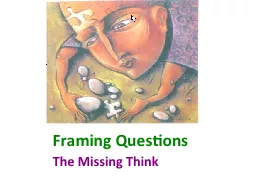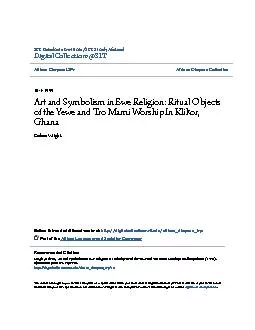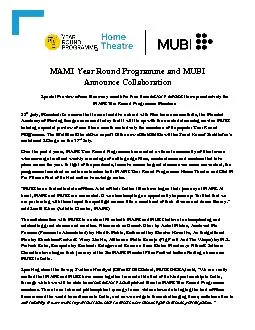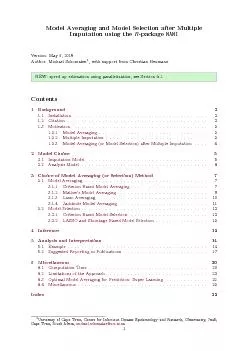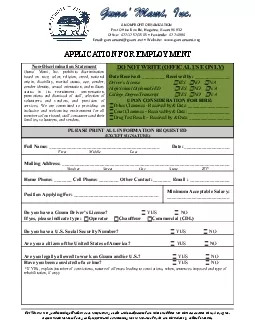PPT-Framing Mami Wata:Women
Author : startlecisco | Published Date : 2020-10-06
Water and Justice Directed by Indrani Pal Chauduri Written by Professors Eric Montgomery Nwando Achebe Indrani Pal Chudhuri and Folu Ogundium Humanities
Presentation Embed Code
Download Presentation
Download Presentation The PPT/PDF document "Framing Mami Wata:Women" is the property of its rightful owner. Permission is granted to download and print the materials on this website for personal, non-commercial use only, and to display it on your personal computer provided you do not modify the materials and that you retain all copyright notices contained in the materials. By downloading content from our website, you accept the terms of this agreement.
Framing Mami Wata:Women: Transcript
Download Rules Of Document
"Framing Mami Wata:Women"The content belongs to its owner. You may download and print it for personal use, without modification, and keep all copyright notices. By downloading, you agree to these terms.
Related Documents



